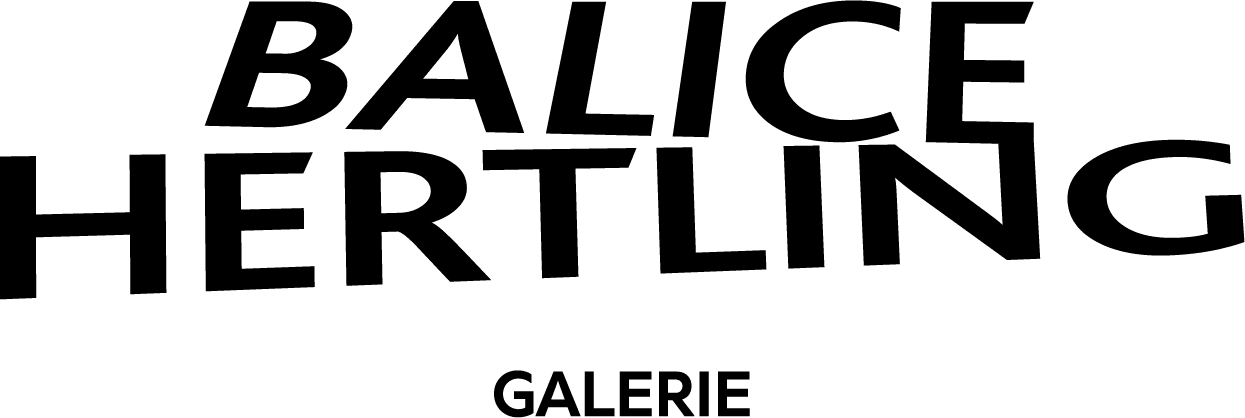Jonathan Binet: une rose est une rose est une rose
When Jonathan Binet paints, he first defines the shapes of his frame, which becomes both the first material and the raw material of his paintings. He stands on the threshold of Maurice Denis's conception that « a painting is essentially a flat surface covered in colours assembled in a certain order» (1912). Binet's practice is reminiscent of certain curves, tangent to the one Clement Greenberg traced for Modernism. Working from the very materiality of painting, artists like Mary Heilmann, Olivier Mosset, Claude Rutault and Steven Parrino, as well as the Supports/Surfaces and B.M.P.T. movements in the 60s and 70s, took similar turns. Along the same lines, Jonathan Binet approaches painting by taking a step back, seizing it as if by surprise, upstream of itself.
Around 2017, Binet twists the frame, the place where painting unfolds. Around 2018, the cutting gesture is amplified, not only delimiting the area of painting, but even penetrating the inside of this area. The lens is being calibrated. In a piece dated from 2015 to 2018, the cutting produces within the canvas what Gordon Matta-Clark punctured in walls : a hole, a perforation, in a space that the gesture does not shape but rather integrates, and informs. Inside the hole, behind the painting, another space emerges; a paradox that echoes what Jacques Derrida wrote in The Truth in Painting : « There is no natural frame. There is frame, but the frame does not exist.» Around 2020, 2 Binet leaves the support in peace and the surface unperforated, but his paintings still carry a sense of anxiety, of persistent lack. To be painting in such a way, scarcely, incompletely still, is akin to reconsidering the medium's own essence.
In this respect, Binet's latest pieces appear to be taking stock. The struggle with the decision and the rule persists. The paintings, sourced by the artist, have a standard size, a normalisation that only partially resolves the question of format, since several of them are still distorted. The grinder machine - a rotating disc used to alter metal, stone and concrete, which here replaces the brush - that Binet uses to both cut out frames and paint, is unsuitable. It scratches the canvas's surface, peels off its undercoat, removes rather than adds materials. The gesture is detrimental, dangerous, almost sacrilegious; sometimes, it accidentally pierces the surface. In the footsteps of Robert Rauschenberg's Erased De Kooning Drawing, Binet's latest work presents the onlooker with a problem, an enigma to decipher and a difficulty to overcome : "How is it made ?"
For Binet, the question of "How to do it ?" thus remains central. And so he does it through drawing consequences from an idea until he has exhausted it, seeking to unite thought and action simultaneously. An unachievable, entropic process that Binet yet constructs with ecstatic joy. Stepping out of the purely self-reflexive framework of painting through colour and composition, which then take up unexpected importance, he conveys the pleasure of overcoming constraints.
- Guillaume Oranger

